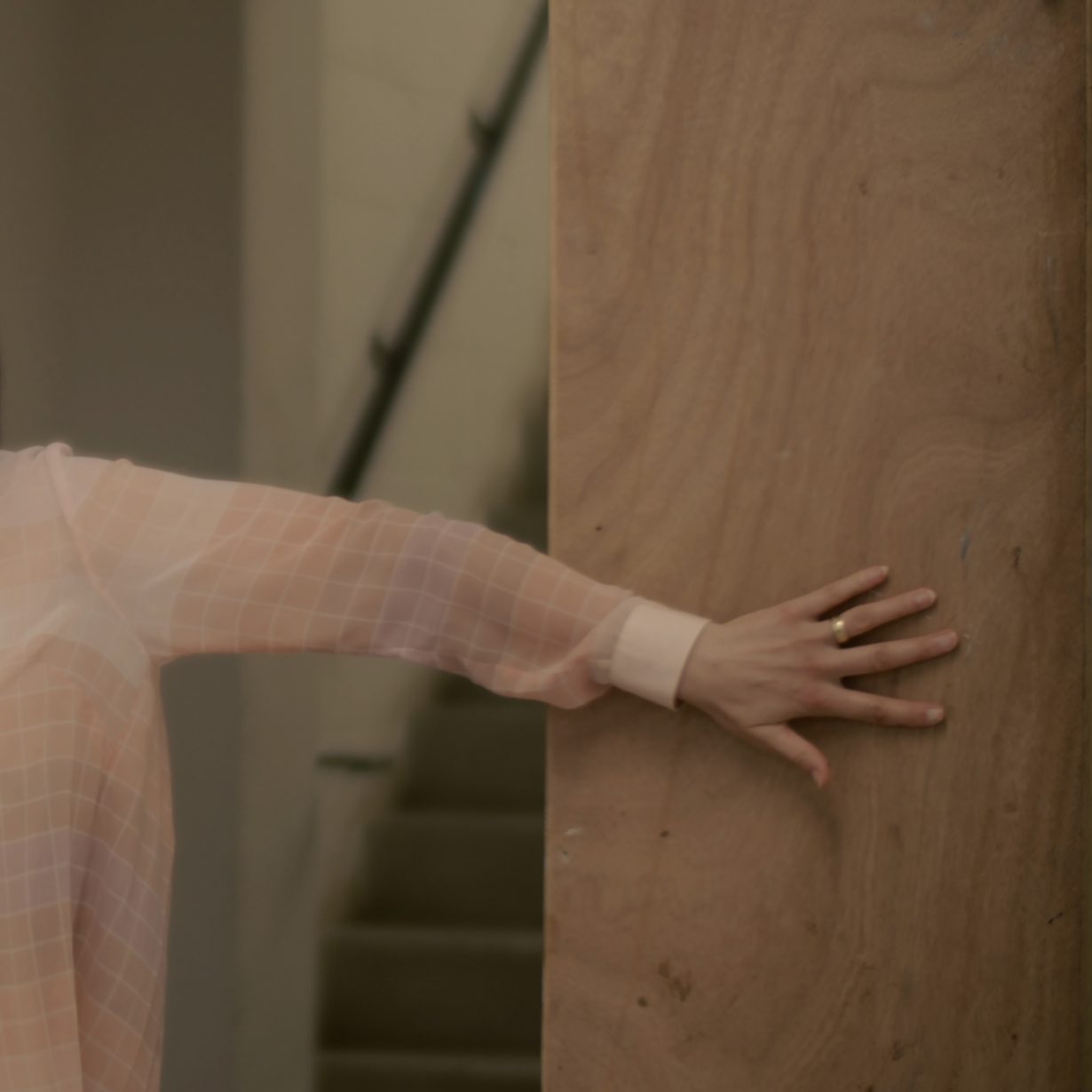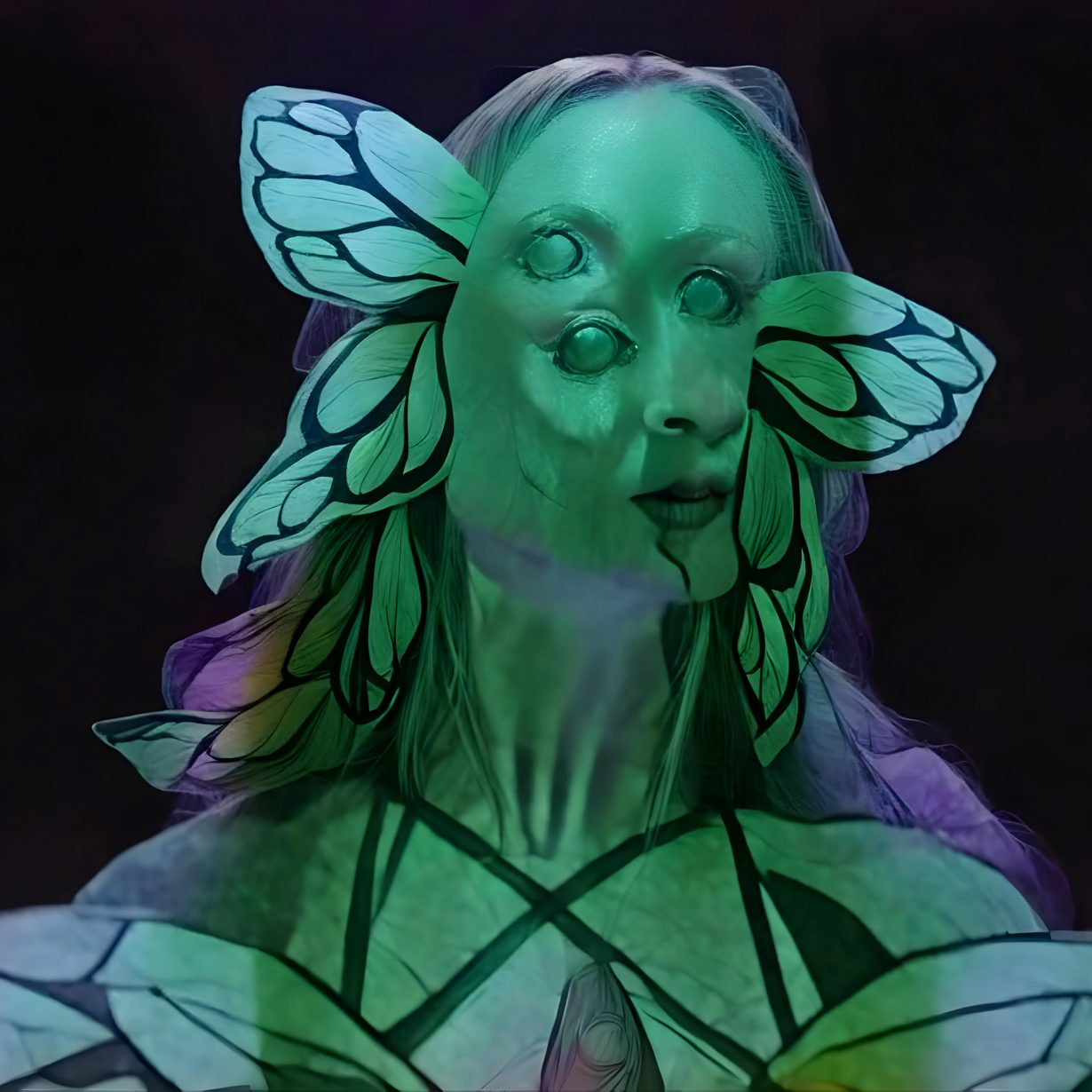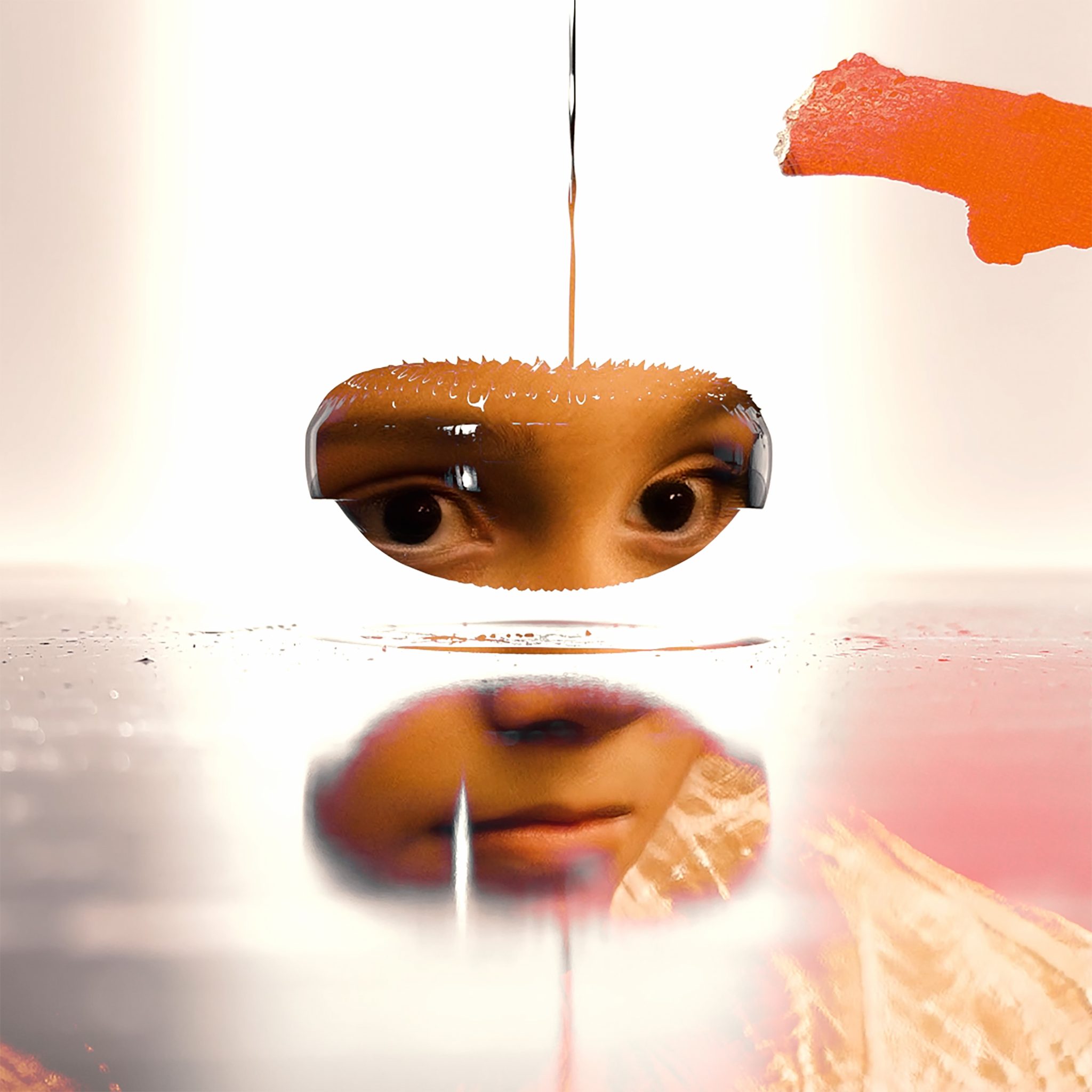With the release of Sampler1, an album of artists’ music from record label OUTPUTS, Robert Barry considers a history of music’s outsides and edges
The online music marketplace Discogs offers 15 different genre categories to tag releases with, from Blues to Stage & Screen. These groupings are further subdivided into a bewildering number of styles – over 550 – of which the least well-represented seems to be Azonto, a Ghanaian dance style which evidently peaked in 2012, with only 40 releases listed before it was discontinued sometime in the last six months (compare to 476,000 Alternative Rock releases and even some 2,000 releases classed under Pipe & Drum). For some time now, the type of records I am most interested in searching for, the ones that get me eagerly reaching for my PayPal login, are the ones flagged as Non-Music. It is here that you will find records of whale calls, religious sermons, pornographic monologues, stereo test records and such gems as Mr. Len Spencer’s Auction Sale Of Household Goods, a two-minute-long vaudeville skit first released on shellac disc in 1899.
I own an album of stereoscopic recordings of various regular and erratic heartbeats, for the training of cardiologists; I have an album of ‘combined uterus sounds’ meant to soothe newborns; and I have a record in which former BBC newsreader Robert Dougall, in a crisp received pronunciation, instructs the listener how to properly set up their home stereo equipment, complete with test frequencies and white noise samples to help the hi-fi enthusiast adjust for wow and flutter, loudspeaker phasing, and so on. These records imply a different set of intentions and listening practices than we ordinarily associate with music. They offer a strangely prosaic glimpse of music’s outsides and its edges, as well as a series of different ways of thinking about what sound and listening might be and might be for. I also have a record, on 10-inch red vinyl, in which the British sculptor Richard Deacon blankly recites an alphabetical list of his entire catalogue of works. It would also be catalogued Non-Music, because that’s where Discogs stashes most of the records released by visual artists.
Searching for artists’ records on Discogs provides a window onto a shadow art world economy, operating by the side of the usual system of auctions, galleries and collectors, and following a subtly different logic. At the time of writing, the marketplace offers for sale such established names as Yves Klein (whose 1959 record, Concert of Vacuum – containing no sound at all, as per Klein’s fascination with the void – could be yours for £451.69 including postage and packing) and Joseph Beuys (whose 1973 collaboration with Henning Christiansen, Schottische Symphonie, can be picked up for a cool £925) alongside younger artists like Lina Lapelytė (a mint copy of her 2019 Golden Lion-winning Sun & Sea (Marina) can be bought for £150) and Cevdet Erek (whose records sell for as little as £5).
That there are such things as established classics in this field is largely down to the efforts of a small number of curators like Germano Celant and Ursula Block. In 1973, Celant organised the exhibition The Record as Artwork at London’s Royal College of Art, which was then expanded as a touring exhibition in the United States in 1977. Block opened Gelbe Musik in Berlin in 1981, a shop dedicated to records by artists; she went on to curate Extended Play with Christian Marclay at Emily Harvey Gallery, New York, in 1988, and Broken Music later the same year at daadgalerie, Berlin. A follow-up to the latter, Broken Music Vol.2: 70 Years of Records and Sound Works by Artists opened at Berlin’s Hamburger Bahnhof in December 2022.

Between them, Celant and Block established a motley sort of canon in which soundworks by visual artists (like Beuys and Klein) rubbed shoulders with both concrete poets like Henri Chopin and Bernard Heidsieck and art-world-adjacent experimental composers like John Cage, Éliane Radigue and Philip Glass. Even just in the case of sound art, there’s a fair old variety. Should we, for instance, afford the same status to a recording of the sound component of a film or installation, a conceptual work expressly intended to be an audio recording from the off, and a more traditional musical project which just happens to be performed by someone who also has a career as a visual artist? Not to mention the many grey areas in-between. One gets the feeling, for instance, that the 1995 cassette release Work No. 117 by Martin Creed is an artist’s record in a subtly different way to the 2012 CD Love To You, also by Creed, but released by the independent record label Moshi Moshi (who also released the likes of Hot Chip, Bloc Party and Florence + The Machine). The reasons underlying this categorical distinction are instructive. On the one hand, Work No. 117 was released by a gallery (Paolo Vitolo in Milan) and included in Creed’s own official, numbered list of works; Love To You was not. But it’s not just that. Love To You is an album of songs. Some of them are quite nice; some of them are quite funny. But they sound very much like music and imply a mode of listening that is familiar. Work No. 117 is something else. It consists of all the sounds on a particular drum machine played one by one over the course of a minute. I’m not sure if it’s really intended to be listened to at all or that anyone would really gain much by doing so (but I did and I have to say I quite liked it).
Sampler1, a new release from the label OUTPUTS compiling tracks by artists such as Cory Arcangel, Rosa Barba, Seth Price and others, delights in precisely these kinds of grey areas. Founded by Nik Void (of the groups Factory Floor and Carter Tutti Void) and artist Haroon Mirza in 2021 – but now handled largely by Mirza’s long-term collaborator Jack Jelfs – OUTPUTS describes itself as a ‘a platform for work overlapping the worlds of music and visual art’. Releases on the label have concertedly stalked the ambiguous borders between the two. Their first, two and a half years ago, consisted of the soundtrack to a film and installation developed by Mirza, Jelfs and British vocalist Gaika during a residency at the CERN laboratory in Switzerland. The physical product comes with a download code and a ‘playable artwork’ – essentially a 12-inch laminated cardboard disc with a series of raised radial lines which make a snickety-snick syncopated rhythm when placed on a turntable, as the needle bumps up against the spinning ridges. Sampler1 itself largely eschews physical product (I’m told there will be a very limited run of one-off single-cut records for each individual track to be sold as a fundraiser for the label). Most of the artists involved, however, do have some previous in recorded media, even if it is not generally their native habitat.

Before her films and installations were exhibited at the Venice Biennale and Tate Modern, Rosa Barba made several music videos for the electronic groups Mouse on Mars and Microstoria. Later, Jan St. Werner (a member of both of those groups) contributed to a single-sided 12-inch record by Barba called Enigmatic Whisper ($200US on Discogs). Her contribution to the compilation is the audio track from her 16mm film Let Me See It (2009), a grainy night-time seascape accompanied by a jerky array of piano chords, a muffled narrated voiceover and the flicker of the projector. Even without the images, it feels cinematic. Marianna Simnett studied music before switching to visual art and she composed the music for many of her video works. ‘Firefly’ features her own voice and flute-playing in dense, stuttering layers that evoke a similar combination of childlike wonder and dark fairytale magic as her shorts Blood in My Milk (2018) and The Bird Game (2019). And Seth Price, alongside his painting and conceptual art practice, has released numerous records – many (though by no means all) via his own label Distributed History. The track here, a pachinko parlour pile-up of cheap drum machines and video game sound effects, sounds as impish and glitch-ridden as his strange digital-analogue hybrid images. Perhaps the most obviously musical cut here is by Jelfs himself. With its post-junglist beats and mellow synth pads, the opening track on Sampler1, ‘Morning Image’ wouldn’t sound out of place on a late 90s Squarepusher record published by Warp. If I were selling it on Discogs, I’d tag it IDM.
The last track on the album is also the longest – and in some respects the strangest. Cory Arcangel’s ‘currentmood’ shares its name with his 2016 solo show at London’s Lisson Gallery and was heard blasting out of stacks of suspended festival-style speakers at that exhibition. It’s basically a massive sculptural block of white noise carved up into a juddering four-four pattern through a process called ‘sidechaining’, beloved by dubstep producers. It sounds like an endless build-up to an ecstatic beat drop that never arrives. Though comparable in effect (and perhaps compositional means) to some of the process-based minimalism of the 1960s and 70s by the likes of Steve Reich and Philip Glass, it feels less like a piece of music and more like a work about music by an artist with a deep knowledge of its history and technique. At over 17 minutes long, always changing and yet always kind of sounding the same, it makes a great piece of ‘non-music’. Given its placement at the very end of the compilation, it’s unclear – much like Creed’s tape of drum machine sounds – whether Jelfs or even Arcangel really expect you to listen to it. But it might just come in handy next time you need to recalibrate your home stereo system.
Robert Barry is a freelance writer and musician based in London. His most recent book is Compact Disc (Bloomsbury, 2020).
Sampler1 is available to download today on Bandcamp. It’ll be on Spotify 1 December 2023.
